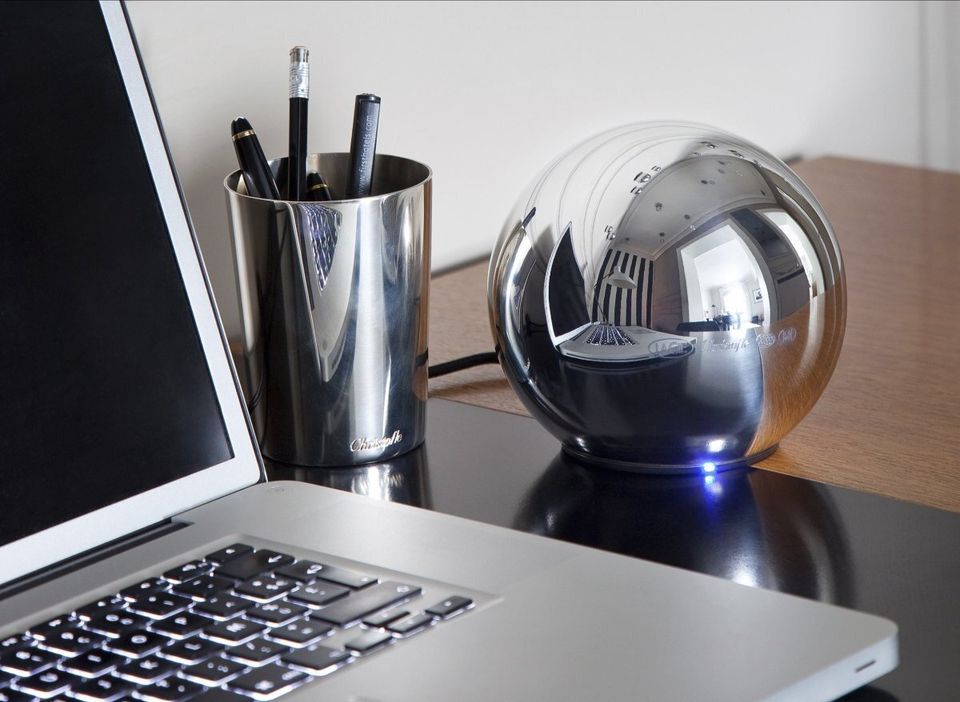In my last article we discussed data as the latest tradable currency both personally and professionally. Building upon this notion, what other macro factors are driving this abundance of data? An educated guess would assert that the growing number of digital devices in our world is possibly one of the largest contributing factors in this data explosion. Yet, according to Gartner more than 50 per cent of Internet connections are actually 'things', not computers.
Our view of what defines a computer is changing. Previously "unintelligent" objects are gaining intelligence, becoming connected and joining the ecosystem of computing. We are entering the era of an "Internet of Things" -- a hot topic at this year's CES. The idea is that almost any object can now be connected to the Internet and collect data which in turn contributes to the global web of knowledge. At Microsoft Research, research on human-computer computer is pivotal as work is focused on advancing the way users interact with computing devices.
HAL 9000 or Samantha?
Deep analysis of this vast amount of data is enabling computers to understand the physical world and to behave in a more human way, such as anticipating our needs and understanding our intentions. As our relationship with technology matures, we do expect more human connections online and we want our things to have some intuition. But are we building a world where HAL 9000 or Samantha the OS from Her will become our confidantes? The Internet of Things has been discussed for several years now, but what do we mean by connected objects? Today countless things are gaining smarts from cars and their connectivity with phones to appliances designed to use off-peak energy or vending machines that re-order stock. We are allowing these objects to collect, analyse and most importantly, evolve using our data. For example -- Rogers Home Monitoring promises to help you stay connected and protected on the go, facilitating control of entertainment, lighting and security all from your phone, and Nest, the thermostat that promises to save energy by learning your schedule and preferences, and programming itself to accommodate.
But our acceptance of technology as part of our daily lives goes beyond those objects that surround us. We're now in the earliest stages of wearable computing -- calories, BMI, steps and sleep, we are fascinated with measuring the everyday performance of our bodies and minds. But where we previously tracked these aspects of our lives simply because we could, we are now pulling together multiple data sets to make discoveries about how to make improvements. Changes in attitudes towards health, fitness and work mean that we are learning to be our own life coaches by looking closely and strategizing around the data we collect about ourselves. I have recently experimented with fitbit, and have unwittingly entered a daily competition with my wife on the leader board. Toronto-based Kiwi Wearable Tech goes further with multi-touch, voice and gestures combing the performance of our bodies with that of our home appliances.
In our recent study looking at future trends, the My Analytics Trend revealed that 30% of Canadians are aware of and use tracking technology, but shockingly 27 per cent of Canadians are interested in tracking their data using devices actually implanted into their bodies, this rises to 53 per cent among 18- to 24-year-olds.
What does this mean for business looking to marry their own data with that of their target customers? Will it make things easier or more complex? Organizations need to thoughtfully aggregate data streams and by focusing on achievements, help consumers play with and gain something from their data, otherwise why are we collecting it?
This gamification of work, life and play is becoming widespread as we see with Officevibe, which is designed for the enterprise and encourages team building, friendly competition and promotes a healthier lifestyle for employees. And Global Media organisation PHD learnt first-hand how the application of game mechanics to business can promote collaboration and creativity after turning the agency's global planning system, Source, into a mass-scale game, with employees collaborating on client work to earn points on a leaderboard. Looking forward, there are great ways for organizations to become driving forces towards better health, wellness, financial security and personal achievement for consumers, all with the collection and aggregation of permissioned data.
Intelligently Off?
The widespread adoption of the Internet of Things will take time, but due to the ubiquitous connectivity of things and devices, that time is ticking, and fast. Increasingly, we will be connected at all times to each other, information, services and objects without requiring any specific action on our part. We are looking for technology to reduce the chaotic rush of always-on digital connectivity and in fact, 45 per cent of Canadians are interested in future technology that can predict when to be connected and how to interact. This is what we will grow to expect -- and that by knowing us, technology will respect us.
ALSO ON HUFFPOST:
